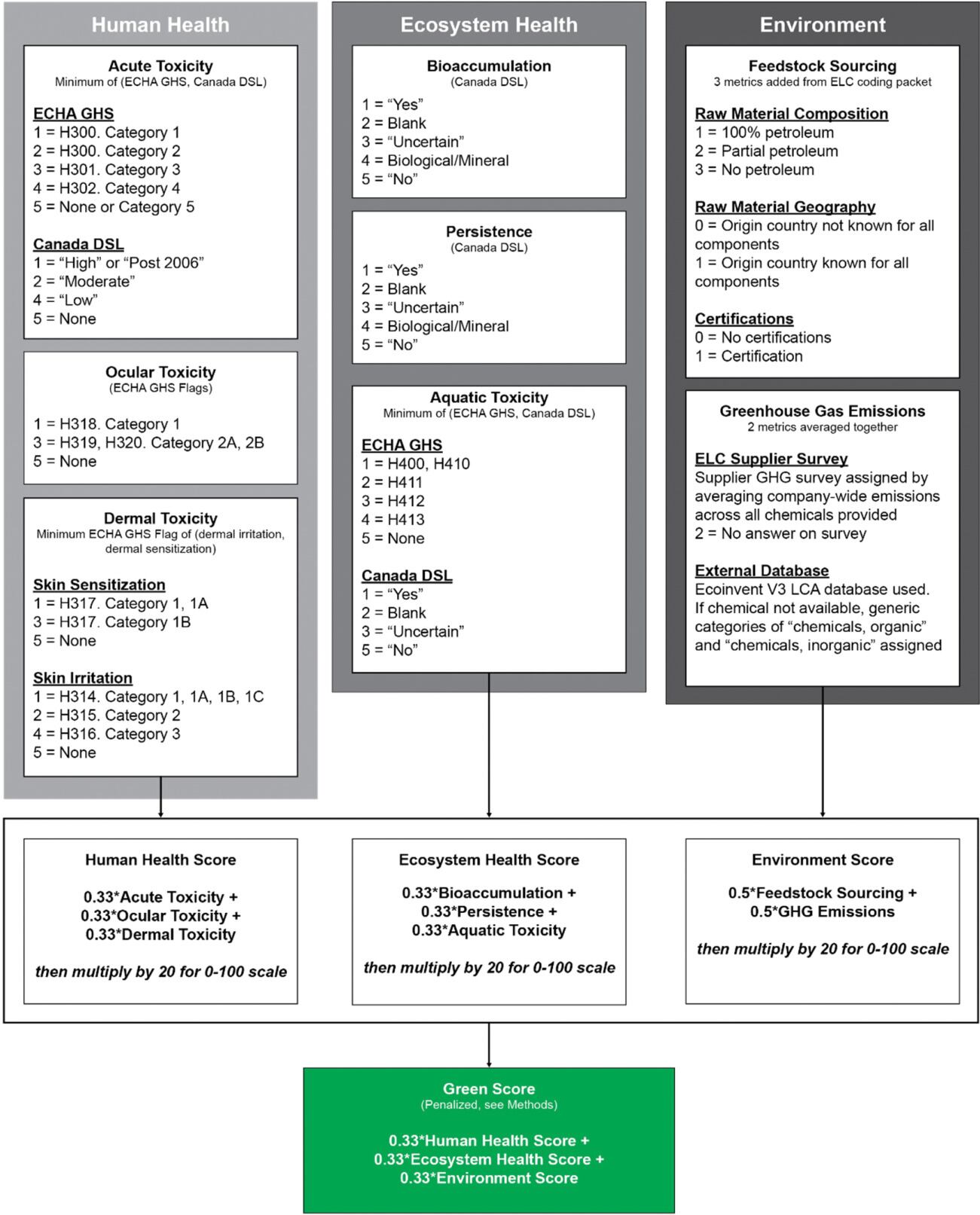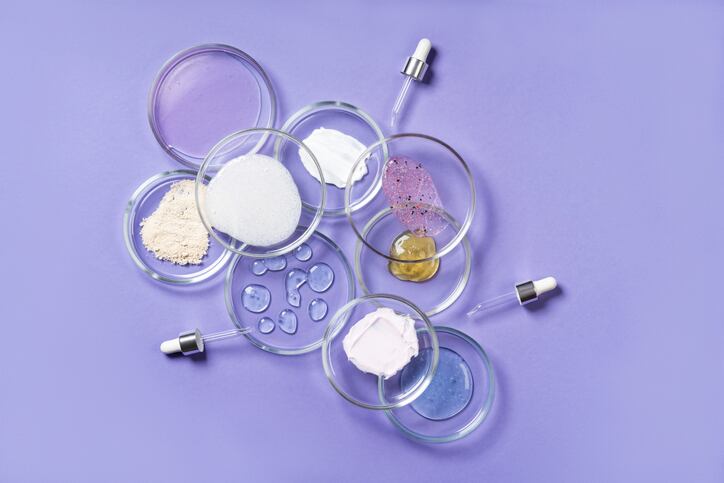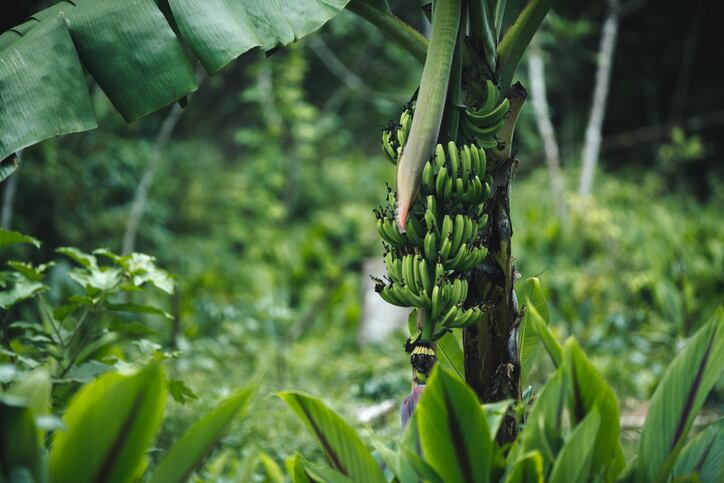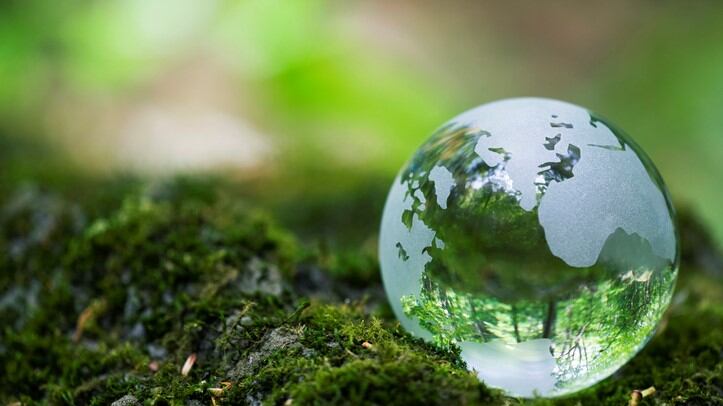Published in the Royal Society of Chemistry, Estée Lauder executives, scientists and several external sustainability specialists outlined how the beauty major had applied green chemistry principles to its raw material selection and product formulation processes via a “quantitative green chemistry scoring methodology”.
The methodology, or framework, they said, enabled Estée Lauder to provide a ‘green score’ for cosmetic and personal care products, ingredients and formulations and therefore conduct a “rapid assessment” by following a “hazard-based approach” that considered several human health, ecosystem health and environmental endpoints.
“The current approach advances the organisation’s sustainability goals in a way that can be transparently measured, tracked and validated,” the study authors wrote. “With this data-driven approach comes the opportunity to proactively guide the supply chain and strengthen green-chemistry-inspired formulation above and beyond regulations.”
Tools like this, they said – based in green chemistry principles – could assist in “harmonising sustainability goals” and provide a “quantitative approach to make decisions and measure progress”.
Measuring ‘green chemistry performance’
To develop the ‘green score’, the study authors said ingredient and chemical component data were obtained from manufacturers, open-source databases and computer model estimates across eight metrics: acute, ocular, and dermal toxicity in human health; bioaccumulation, persistence, and aquatic toxicity in ecosystem health; and feedstock sourcing and greenhouse gas emissions for environmental endpoints. These metrics were then examined, averaged by category, or further averaged to an overall ‘green score’.

Because scores and statistical results could be viewed at the ingredient, formula and product subcategory level, they said the tool could be used as a “measure of green chemistry performance”. Estée Lauder said it also offered a complementary hazard-based scoring system to the company’s existing risk-based safety program to ensure a “conservative view on ingredient selection and formula creation”, enabling priority raw materials for replacement to be identified.
“…The tool includes several important features: (1) a balance between assessing inherent chemical and supply chain hazards, (2) a disincentive to use raw materials with low scores or lack of data by weighting their impact to reduce the score further, and (3) a certainty score to provide insight on the level of confidence in the Green Score for a given ingredient or chemical component,” they said.
Directing ‘reactive’ formulation and innovation
Beyond this, the tool could, importantly, inform innovation decisions and guide response to regulatory constraints or actions, the authors said.
“By utilising the tool throughout the product development cycle (e.g. from ingredient functional class to product category and product form) the framework provides formulators with the technical agility required to shape formulation decisions and embeds green chemistry into decision-making,” they wrote.
“Key innovation opportunities” could also be focused on, given certain product forms scored higher than others, they said.
“With every improvement made by the Green Score, the tool itself will also be updated to further incentivise substitution by modifying default scores as well as the criteria set for penalties. By taking such a dynamic approach in evolving the tool, we can ensure that feedback loops are in place to improve scores across the entire product portfolio while staying ahead of and pre-empting reactive reformulation triggered by regulatory action.”
The future? Wider data, better supply chain reporting
Because the current framework strived for “data transparency and verifiability”, the team said not all possible human health, ecosystem health and environmental endpoints of concern had been included due to “limited data available”. Similarly, not all 12 principles of green chemistry had been accounted for in the tool, for the same reasons, they said.
“However, with improvements in testing and modelling methods, data availability, and broader regulatory review, additional human health or ecosystem endpoints such as endocrine disruption could be added. For supplier data, future development and standardisation of supply chain reporting and frameworks may allow for inclusion of additional environmental endpoint data, such as manufacturing waste generation and use of hazardous process chemicals.”
“… While the Green Score will be continuously improved to incorporate new data from regulators and suppliers, the current version is a transparent and robust tool to inform formulator decision-making, communicate expectations with suppliers, and prioritise raw materials, product types and product forms for reformulation. [The] Estée Lauder Companies will use the Green Score across its operations to guide future innovation for greener alternatives,” the study authors said.
Scoring Beauty's Eco Value
Earlier this year, a group of beauty majors kickstarted the EcoBeautyScore Consortium that aimed to establish a brand-agnostic and transparent global environmental impact scoring system by the end of the year. Henkel, L’Oréal, LVMH, Natura &Co and Unilever had spearheaded the formation, and The Estée Lauder Companies was one of the other heavyweights backing the consortium, along with Colgate-Palmolive, Johnson & Johnson and Shiseido, among others.
Source: Royal Society of Chemistry
Published online ahead of print, doi: 10.1039/d1gc03081g
Title: “Applying green chemistry principles to raw material selection and product formulation at The Estée Lauder Companies”
Authors: MJ. Eckelman et al.




